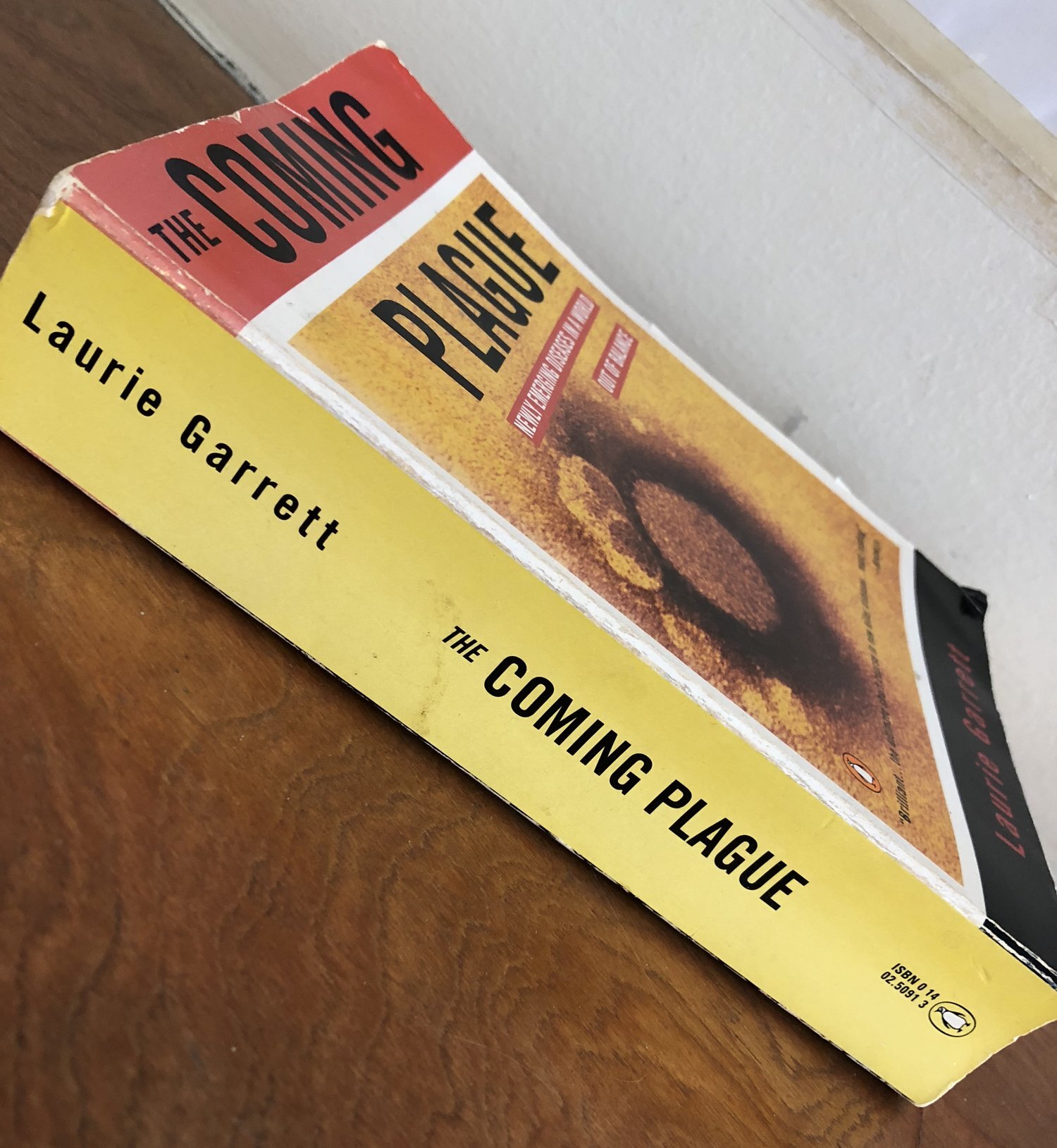and NO to the DIRTY DOZEN (think: high toxin burden) . . .
Excellent resource, the EWG
If you’re familiar with the Environmental Working Group, great! If you’re not, the EWG is a non-profit, non-partisan organization dedicated to protecting human health and the environment. Definitely check out their website if you’re not familiar with them - they have lots of great information on everything from safer foods, the health of our tap water, and the harmful contents of beauty products (ewg.org).
Do keep in mind, however, that organic foods and farming, like anything else in life, is a complex issue, and never a black or white affair. Many factory "organic" farms are not as wholesome as they'd like to appear to be. When possible, I still choose locally grown organic foods for the reasons outlined below.
Why choose organic? Non-organic foods are often laden with endocrine disrupting toxins and have been linked to such issues as cancer, autism, ADHD, neurological issues, and pulmonary disease. There are also many other health issues that may be linked to pesticides, herbicides, and fungicides that science is only starting to uncover. For example, there are studies exposing the burden of pesticide residue in breast milk.
Take a look at the two lists above. Since purchasing organic is usually more expensive than conventional produce, the CLEAN FIFTEEN and the DIRTY DOZEN are exceptionally helpful resources to help you decide which produce to purchase organic.
Why organic farming? Rachel Carson's book Silent Spring comes to mind when I think about the current state of farming affairs in the U.S. and in many parts of the world today. Organic farming is usually better than current conventional agri-business farming for a number of reasons other than your own health. When done correctly, organic agriculture promotes long-term land and soil sustainability, minimizes water pollution, decreases climate change (by decreasing the use of petrochemical fertilizers & agricides and increasing the sequestration of carbon in the soil), and improves biodiversity (why those summer heirloom tomatoes are so darn tasty.) It’s also safer for those who are working to cultivate the food that gets to your local grocery and onto your plate every day.
What else can you do? Other ways you can help your health and the environment: purchase and eat produce that’s in season, eat less animal-foods and eat more plants, purchase what you can at your local farmer’s market, and join a CSA (community-supported agriculture). You can also take a look here for some safer alternatives to pesticides for insect control. Choosing these options help to remind us that we are all deeply interconnected - with the Earth, seasons, waterways and each other - and that your choices on a day-to-day basis matter.
Safe, healthy food for all
It deeply saddens me that toxin-laden foods are the norm and it seems completely inhumane that safer foods cost more that “conventional” foods. It’s another way in which socio-economic stratification develops in our communities and culture, where those who cannot afford healthier foods are left behind. We can speak with our dollars when we thoughtfully purchase organic foods, regularizing safer food for all. 💚
The Year of Yes is a weekly photo-and-word installment by Dr. Shah written with the purpose of evoking hope, resilience, and a gentle movement toward healthy change in all of us.













